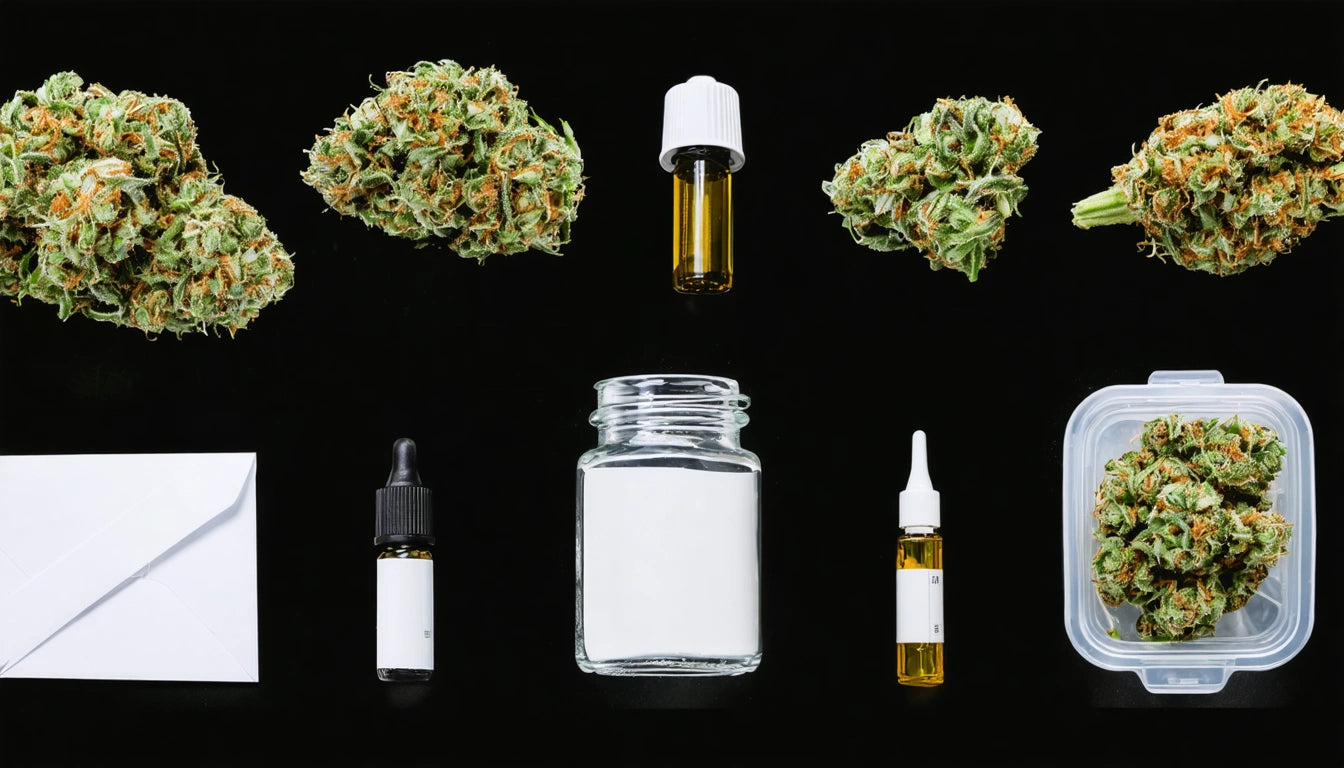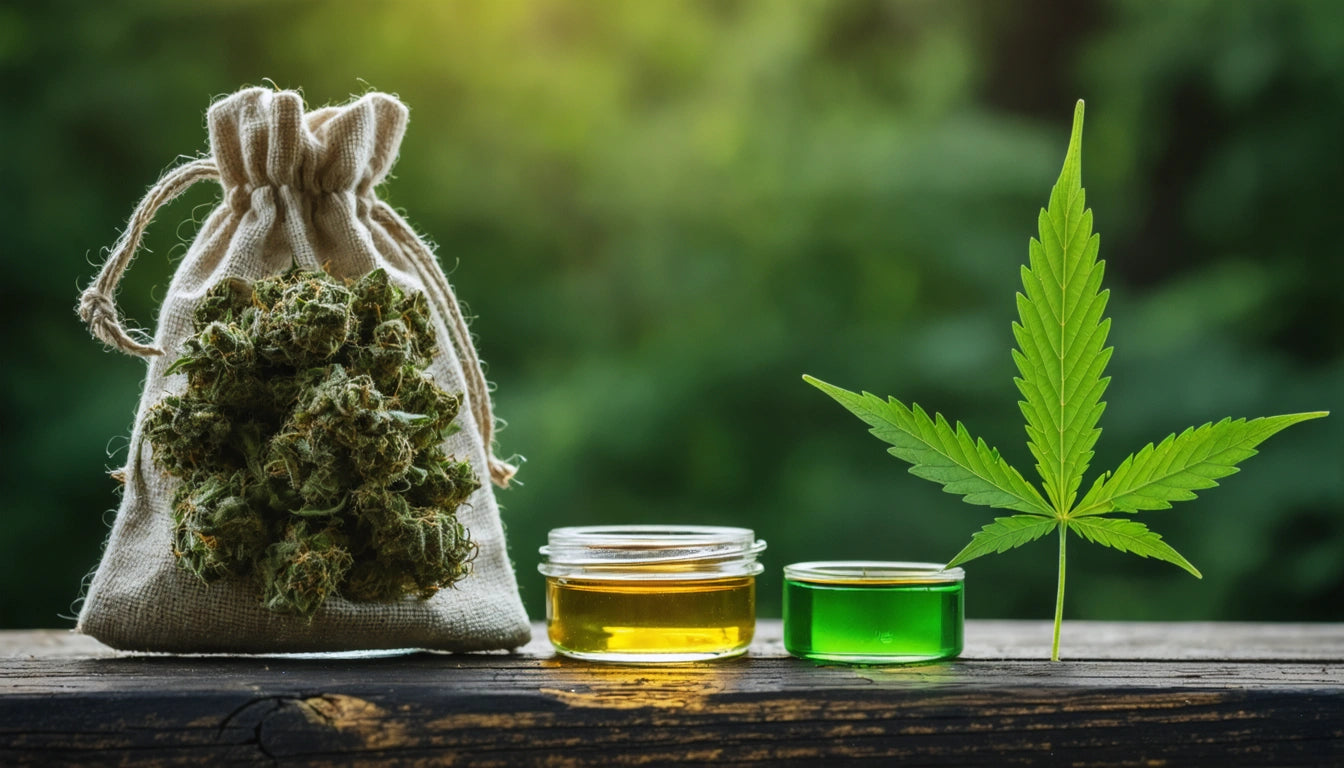Table of Contents
Child-resistant (CR) packaging is a critical compliance requirement across the cannabis industry. Each product category, from flower to concentrates, faces unique packaging challenges based on product form, consumer usage patterns, and regulatory standards. Understanding these requirements helps brands maintain compliance while optimizing for consumer experience and operational efficiency.
CR Packaging Fundamentals: Standards and Regulations
Child-resistant packaging must meet specific testing protocols established by the Consumer Product Safety Commission (CPSC). These standards, often referenced as 16 CFR 1700, require packaging to be significantly difficult for children under five to open while remaining accessible to adults. CR packaging definitions and standards typically require testing with both child and senior adult panels.
The core requirement across all cannabis product categories is that packaging must achieve certification through ASTM or CPSC testing protocols. This certification verifies that:
- 80% of children under 5 cannot open the package within a specified timeframe
- 90% of adults between 50-70 years can open the package successfully
- The package remains child-resistant for the expected number of openings and closings during its lifecycle
While federal standards establish baseline requirements, state-specific regulations often add additional layers of compliance that vary by jurisdiction.
Product-Specific CR Requirements for Cannabis Categories
Flower Packaging Requirements
Cannabis flower typically requires packaging that maintains freshness while providing child resistance. Common solutions include:
- Push-and-turn containers with airtight seals
- Squeeze-and-pull pouches with resealable features
- Certified child-resistant exit bags
Flower packaging must balance humidity control and odor containment with child-resistant mechanisms. Many brands opt for specialized child-resistant caps for glass jars that preserve product quality while meeting safety requirements.
Edibles Packaging Requirements
Edibles face the strictest scrutiny due to their potential attractiveness to children. Requirements typically include:
- Individual serving packaging for products containing more than one serving
- Opaque packaging that doesn't display the product
- Mechanisms that require deliberate actions to access (push-and-turn, squeeze-and-pull)
- Packaging that remains child-resistant after multiple uses
The packaging solutions for microdose products often incorporate additional features like blister packs or specialized closures.
Vape Packaging Requirements
Vape products require packaging that addresses both the cartridge and any included battery components:
- Cartridge packaging must be child-resistant while protecting the fragile glass components
- Battery packaging typically requires separate child-resistant features
- Disposable vapes need integrated child-resistant mechanisms
The unique challenge with vapes is creating packaging that protects the product while demonstrating its appearance to consumers at the point of sale.
Concentrate Packaging Requirements
Concentrates present unique challenges due to their high potency and various consistencies:
- Glass containers with certified child-resistant caps for more solid concentrates
- Silicone or PTFE-lined containers for sticky concentrates
- Push-and-turn mechanisms for jars and containers
As explained in this guide on CR mechanisms, concentrate packaging often requires specialized solutions based on the specific extract consistency.
Balancing Compliance with Branding and User Experience
While meeting CR requirements is non-negotiable, brands must also consider how packaging affects brand perception and usability. Choosing CR packaging without compromising branding requires strategic design thinking.
Key considerations include:
- Integrating brand elements into functional CR mechanisms
- Selecting materials that support both compliance and brand aesthetics
- Designing for the entire user journey, from purchase to disposal
Brands must also consider accessibility concerns, particularly for medical patients. CR packaging impacts on accessibility can present challenges for seniors and patients with dexterity limitations.
Implementation Challenges and Solutions
Implementing CR packaging across product lines presents several operational challenges:
Cost Considerations
Cost factors in CR packaging can significantly impact margins. Brands must balance compliance with economic sustainability, especially when scaling operations.
Multi-State Operations
Brands operating across multiple states face the challenge of navigating different CR requirements while maintaining consistent branding and operational efficiency.
Testing and Certification
Ensuring packaging meets CR standards requires proper third-party testing and certification. Brands must verify that their packaging suppliers provide legitimate certification documentation.
Future CR Packaging Innovations and Market Evolution
The cannabis packaging industry continues to evolve with innovations addressing both compliance and sustainability concerns. Emerging trends include:
- Bioplastic CR solutions that offer environmental benefits while maintaining safety standards
- Smart packaging with digital verification features
- Streamlined designs that reduce material usage while maintaining CR functionality
As the market matures, we can expect continued innovation in reusable and refillable CR packaging that addresses both safety and sustainability concerns.
For brands navigating these complex requirements, partnering with experienced packaging suppliers who understand both compliance standards and operational needs is essential for success in this highly regulated industry.











Leave a comment
All comments are moderated before being published.
This site is protected by hCaptcha and the hCaptcha Privacy Policy and Terms of Service apply.